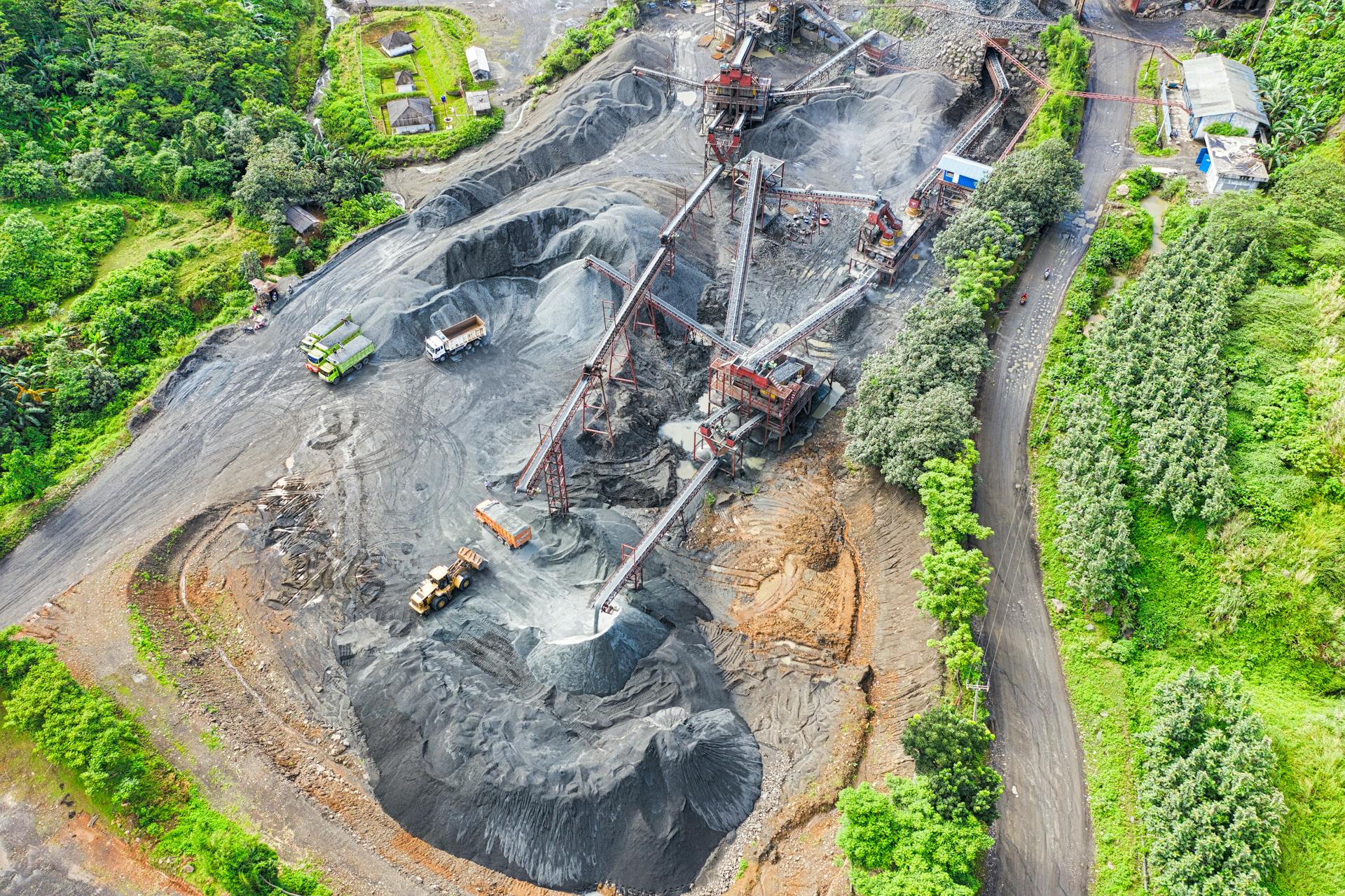The future of mining and energy will be defined by how well organizations define, deliver and demonstrate compliance in real time.

Once limited to inspections and audits, the expectation of compliance today is a more thorough approach to operational excellence and long-term trust. It is part of an integrated Governance, Safety & Compliance (GRC) that requires combining diverse data sets, surfacing relevant information and making real-time decisions in an evolving regulatory environment. With rising regulatory scrutiny, increasing environmental, social and governance (ESG) expectations, and the complexity of global operations, organizations can no longer afford to treat compliance as a reactive exercise.
To command performance organizations must make the switch to:
Rather than relying on after-the-fact reporting or cyclical inspections/audit programs, leading organizations are embedding compliance into daily operations by surfacing real-time insights that prevent incidents, streamline audits, and strengthen trust with regulators and stakeholders.
Mining and energy operators face a series of challenges when trying to meet both performance and compliance requirements. No longer can organizations simply report the classic outputs metrics: cost, schedule, throughput and output.
Now, these same organizations must be able to demonstrate that they are manging the quality of the inputs, the bi-products of the process, assurance of the outcomes and the sustainability of the effect their organization has on shareholders and stakeholders alike.
Traditionally, compliance monitoring has been siloed, document-heavy, and resource-intensive, requiring thousands of hours of manual work to validate procedures across sites, vendors, and jurisdictions – think of the function of internal audit!
Behind this challenge are several persistent barriers:
The result is that many organizations are trapped in a reactive cycle of report, repair, repeat and spend more time looking for information rather than using it to make decisions. Forward-thinking organizations are breaking that cycle by turning compliance monitoring into a strategic capability for safer, reliable and sustainable operations.
In mining and energy, the cost of inadequate compliance monitoring goes far beyond regulatory fines. When monitoring is reactive or inconsistent, organizations are exposed on multiple fronts:
The common thread is that reactive monitoring leaves organizations one step behind. By the time issues are discovered in an audit or inspection, the damage is already done. The answer lies in transforming compliance from a backward-looking audit function into a forward-looking capability.
Compliance monitoring today needs to probe for gaps, surface timely, relevant and context-rich information and enable decision makers across the company to intervene with the appropriate instruments at their disposal.
This transformation is already underway. Instead of relying on lagging indicators such as audit findings, leading mining and energy organizations are embracing continuous, context-aware compliance monitoring. By embedding compliance into daily workflows, they move from asking “Did we meet the requirement?” to “How can we ensure that we are going to be compliant with upcoming changes?”
Proactive monitoring means:
The shift doesn’t just reduce risk. It creates the conditions for safer operations, faster decision-making, stronger stakeholder trust, and operational excellence powered by proactive insight.
Shifting from reactive to proactive compliance monitoring isn’t possible without technology. Manual audits, paper-based protocols, and siloed systems can’t keep pace with the speed and complexity of modern mining and energy operations. What’s needed are solutions that integrate data sources, surface information enabling front-line operations to make appropriate decisions, and provide context-rich insights serving both internal and external stakeholders.
Technology enables this transformation by:
When integrated into daily workflows, these capabilities ensure that compliance is no longer an afterthought or administrative burden. Instead, it becomes a natural part of operations that is embedded, auditable, and always accessible.
InterKnowlogy’s IK-CADDI platform is built to bring compliance monitoring into the flow of daily operations. Instead of relying on periodic audits or manual reports, IK-CADDI delivers continuous visibility into whether organizations are meeting safety, environmental, and regulatory obligations.
Key compliance monitoring capabilities include:
With IK-CADDI, compliance monitoring shifts from a reporting burden to an operational capability. This technology ensures procedures are followed, risks are surfaced in a timely manner, and compliance is maintained continuously alongside active workflows.
Emerging trends point toward:
For organizations willing to embrace this shift, compliance will no longer be seen as an administrative cost. It will be a strategic asset that strengthens resilience, builds trust, and enables sustainable growth.
Learn how IK-CADDI can help your organization turn compliance monitoring into a driver of safer, smarter, and more sustainable operations.
--


